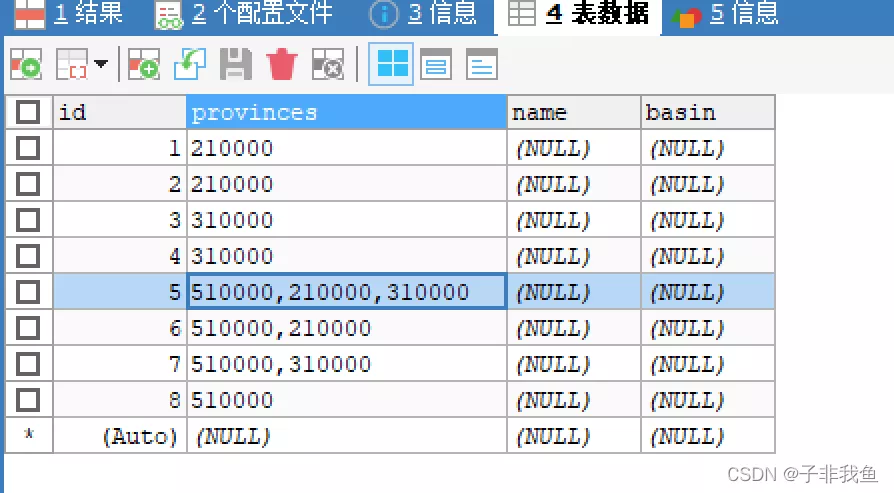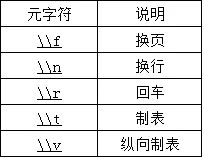当前位置:网站首页>Design a red envelope grabbing system
Design a red envelope grabbing system
2022-07-06 23:34:00 【OoZzzy】
List of articles
- 1. Demand analysis
- 2. Table structure design
- 3. Implementation based on distributed lock
- 4. Implementation based on optimistic lock
- 5. Implementation based on pessimistic lock
- 6. Pre allocate red packets , Implementation based on optimistic lock
- 7. be based on Redis Implementation of queues
- 8. be based on Redis queue , Asynchronous storage
1. Demand analysis
Common red envelope systems , Amount specified by the user 、 The total number of red packets is used to complete the creation of red packets , Then the red packet is distributed to the target user through a certain portal , After the user sees the red envelope , Click red envelope , Get red packets randomly , Last , Users can view the red packets they have grabbed . The whole business process is not complicated , The difficulty lies in Grab a red envelope This behavior may have High concurrency . therefore , The optimization point of system design mainly focuses on Grab a red envelope In this behavior .
- Hand out red envelopes : The user sets the total amount of red packets 、 Total quantity
- Grab a red envelope : The user gets a certain amount randomly from the total red packet
High availability must be ensured for red packets , Otherwise, users will be very angry . secondly , The consistency of system data must be ensured, and no over issuance is allowed , Otherwise, users who get red packets will not receive money , Users will be angry . And finally , The system may have high concurrency .
2. Table structure design
Red envelope activity table
CREATE TABLE `t_redpack_activity`
(
`id` bigint(20) NOT NULL COMMENT ' Primary key ',
`total_amount` decimal(10, 2) NOT NULL DEFAULT '0.00' COMMENT ' Total sum ',
`surplus_amount` decimal(10, 2) NOT NULL DEFAULT '0.00' COMMENT ' The remaining amount ',
`total` bigint(20) NOT NULL DEFAULT '0' COMMENT ' Total number of red packets ',
`surplus_total` bigint(20) NOT NULL DEFAULT '0' COMMENT ' Total remaining red packets ',
`user_id` bigint(20) NOT NULL DEFAULT '0' COMMENT ' The user id ',
`version` bigint(20) NOT NULL DEFAULT '0' COMMENT ' Version number ',
PRIMARY KEY (`id`)
) ENGINE = InnoDB
DEFAULT CHARSET = utf8;
Red envelope table
CREATE TABLE `t_redpack`
(
`id` bigint(20) NOT NULL COMMENT ' Primary key ',
`activity_id` bigint(20) NOT NULL DEFAULT 0 COMMENT ' Red envelope activity ID',
`amount` decimal(10, 2) NOT NULL DEFAULT '0.00' COMMENT ' amount of money ',
`status` TINYINT(4) NOT NULL DEFAULT 0 COMMENT ' Red envelope status 1 You can use 2 Unavailable ',
`version` bigint(20) NOT NULL DEFAULT '0' COMMENT ' Version number ',
PRIMARY KEY (`id`)
) ENGINE = InnoDB
DEFAULT CHARSET = utf8;
A detailed list
CREATE TABLE `t_redpack_detail`
(
`id` bigint(20) NOT NULL COMMENT ' Primary key ',
`amount` decimal(10, 2) NOT NULL DEFAULT '0.00' COMMENT ' amount of money ',
`user_id` bigint(20) NOT NULL DEFAULT '0' COMMENT ' The user id ',
`redpack_id` bigint(20) NOT NULL DEFAULT '0' COMMENT ' Red envelope number ',
`create_time` datetime NOT NULL DEFAULT CURRENT_TIMESTAMP COMMENT ' Creation time ',
`update_time` datetime NOT NULL DEFAULT CURRENT_TIMESTAMP ON UPDATE CURRENT_TIMESTAMP COMMENT ' Update time ',
PRIMARY KEY (`id`)
) ENGINE = InnoDB
DEFAULT CHARSET = utf8;
Activity list , Is how many red envelopes you sent , And the remaining amount needs to be maintained . The schedule is the red packet details that the user grabs . The red packet table is the information of each specific red packet . Why do you need three tables ? In fact, if there is no red envelope table, it is OK . However, our scheme needs to use a table to record the information of red packets in advance , That's why the table was designed .
3. Implementation based on distributed lock
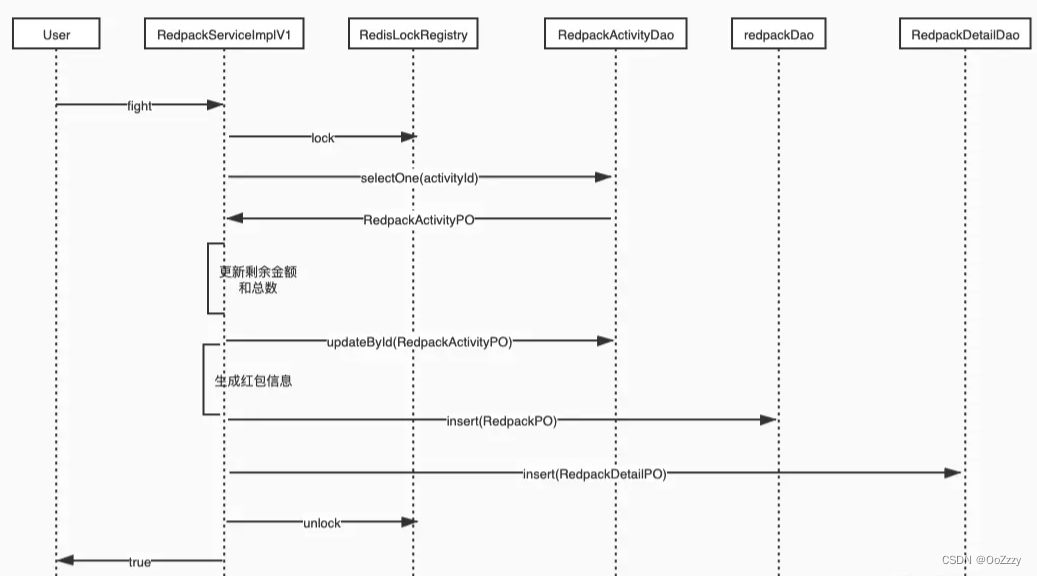
The implementation based on distributed lock is the simplest and crudest , The whole red packet interface is used to activityId As key To lock , Ensure that the same batch of red packet robbing is executed serially . The implementation of distributed locks is implemented by spring-integration-redis The project provides , The core class is RedisLockRegistry. Lock through Redis Of lua Script implementation , And it realizes blocking local reentrant .
4. Implementation based on optimistic lock
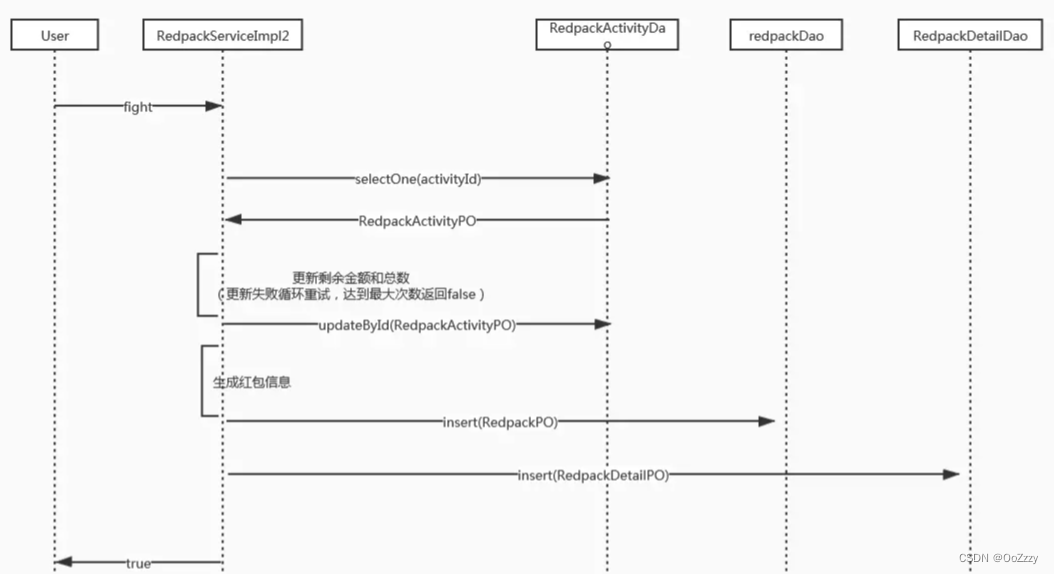
The second way , Add optimistic lock version control to the red packet activity table , When multiple threads update the same activity table at the same time , only one clien You will be successful . Other failures client Cycle retry , Set a maximum number of cycles . This scheme can realize the processing in the case of concurrency , But the conflict is great . Because only one person will succeed at a time , other client Need to try again , Even if you try again, only one person can succeed at a time , therefore TPS Very low . When the set number of failed retries is less than the number of red packets issued , It may lead to someone not grabbing the red envelope in the end , In fact, there are still red envelopes left .
5. Implementation based on pessimistic lock
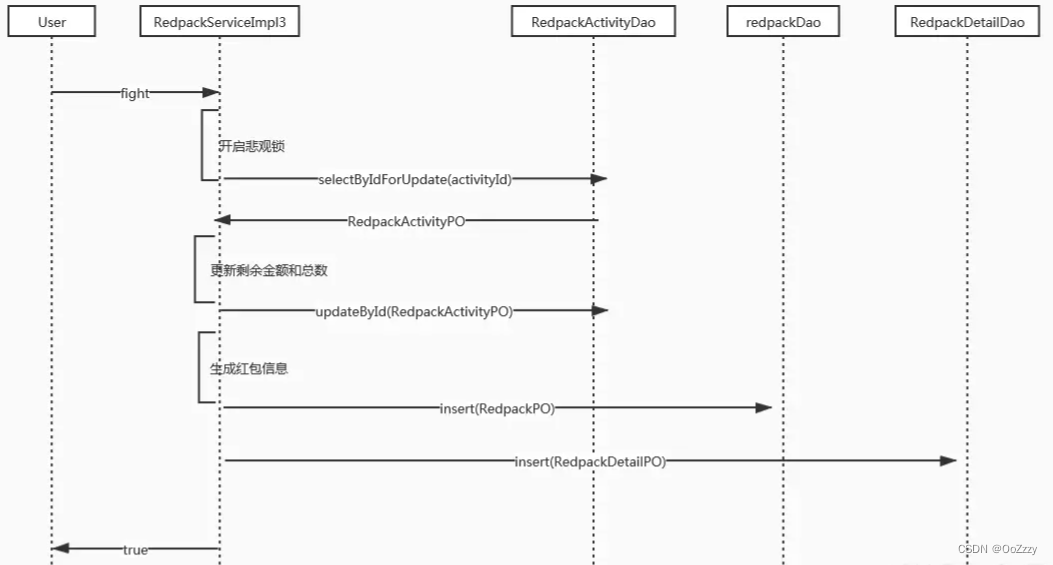
Due to the increase of red packet activity table, optimistic lock conflicts are very large , So consider using pessimistic locks :select * from t_redpack_activity where id = #{id} for update, Note that pessimistic locks must be used in transactions . here , All red packet grabbing becomes serial . In this case , Pessimistic locks are far more efficient than optimistic locks .
6. Pre allocate red packets , Implementation based on optimistic lock
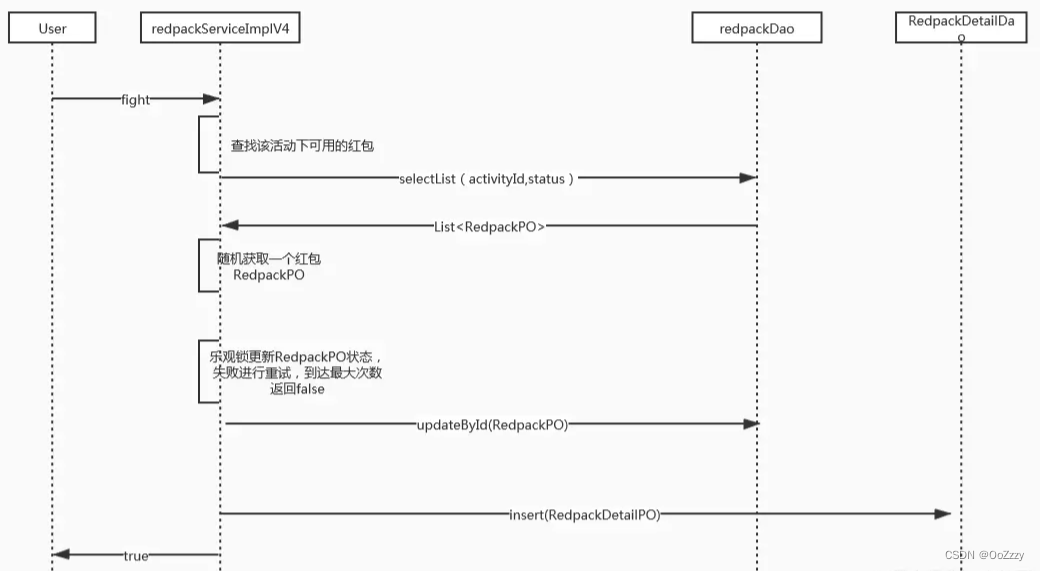
You can see , If we add the dimension of Le Guan lock to the red packet details , Then the conflict will be reduced . Because the red packet details were created after the user grabbed them , Now you need to pre allocate red packets , That is, when you create a red packet activity, you will generate N Red envelopes , Control availability through status / Unavailable . such , When more than one client When you grab a red envelope , Get all available red packet details under this activity , Randomly return one of them and then update it , The successful update means that the user has grabbed the red packet , Failure is a sign of conflict , You can cycle through retry . such , Conflict is reduced .
7. be based on Redis Implementation of queues
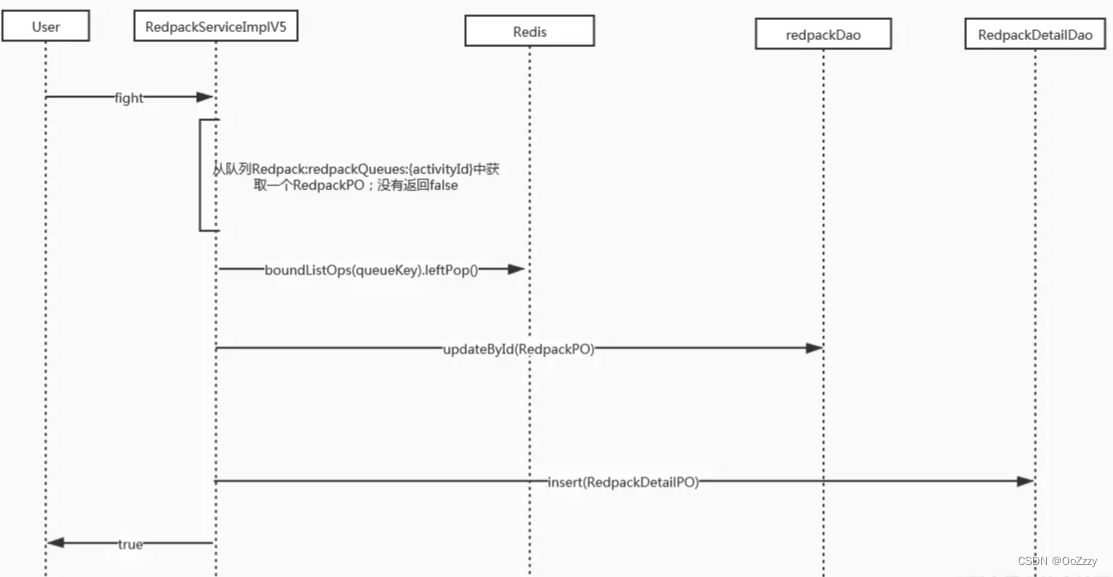
Similar to the previous scheme , however , A corresponding number of red envelopes will be created when users issue red envelopes , And join in Redis In line . When grabbing a red envelope, it will pop up .Redis The queue fits our needs very well , There will be no duplicate elements in each pop-up , Destroy when used up . defects : When grabbing a red envelope, once it pops out of the queue , At this point the system crashes , After recovery, the details of red packets in this queue have been lost , Manual compensation is required .
8. be based on Redis queue , Asynchronous storage
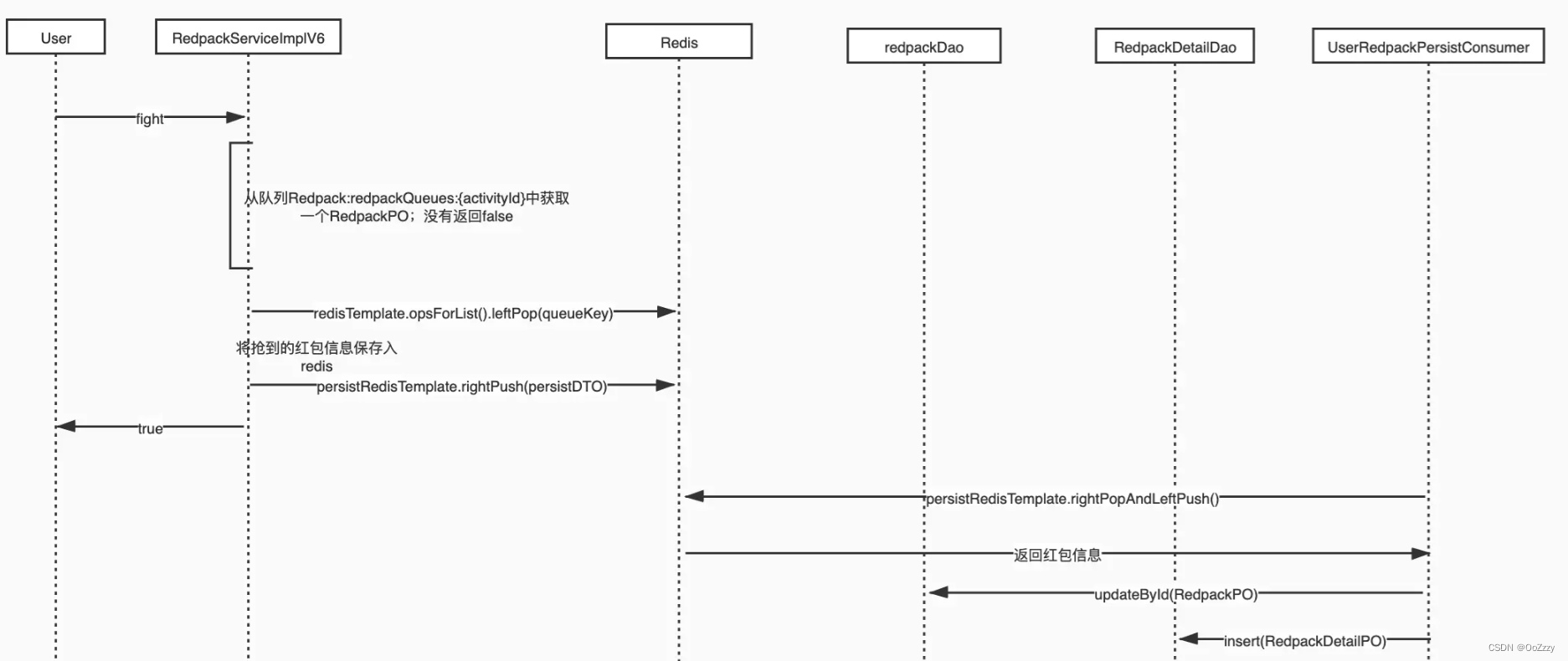
In this scheme, you do not operate the database after you get the red packet , Instead, it saves persistent information to Redis in , Then return to success . Through another thread UserRedpackPersistConsumer, Pull the persistent information for warehousing . It should be noted that , In this case, if you use the normal pop There will still be crash point The problem of , So considering availability , Use here Redis Of BRPOPLPUSH operation , Pop up the element and add it to the backup queue , Ensure that the crash here can be automatically recovered through the backup queue . Crash recovery thread CrashRecoveryThread Pull backup information regularly , Go to DB Verify whether the persistence is successful , If successful, clear this element , Otherwise, compensate and clear this element . If an exception occurs during the operation of the database, the error log will be recorded redpack.persist.log, This log uses a separate file and format , Easy to compensate ( Generally not triggered ).
Redis High availability is required .
边栏推荐
- MySQL中正则表达式(REGEXP)使用详解
- 浅谈现在的弊端与未来的发展
- 公链与私链在数据隐私和吞吐量上的竞争
- MySQL implementation of field segmentation from one line to multiple lines of example code
- DevSecOps软件研发安全实践——发布篇
- docker中mysql开启日志的实现步骤
- Modules that can be used by both the electron main process and the rendering process
- B站大佬用我的世界搞出卷積神經網絡,LeCun轉發!爆肝6個月,播放破百萬
- Koa2 addition, deletion, modification and query of JSON array
- 电脑重装系统u盘文件被隐藏要怎么找出来
猜你喜欢

英国都在试行4天工作制了,为什么BAT还对996上瘾?
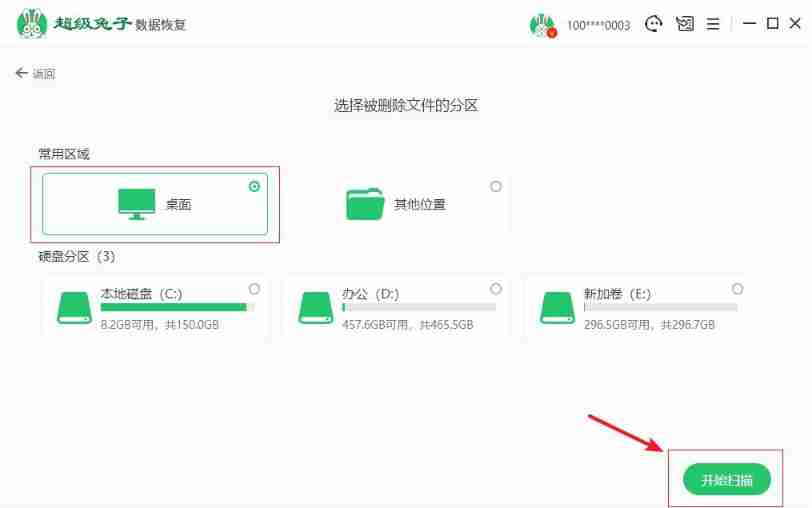
The important data in the computer was accidentally deleted by mistake, which can be quickly retrieved by this method
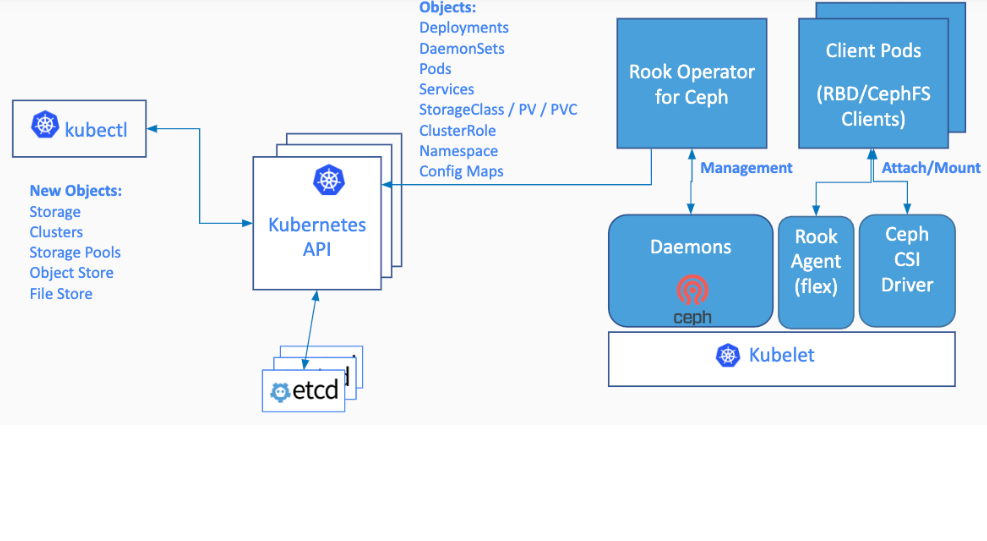
云原生(三十二) | Kubernetes篇之平台存储系统介绍

Can online reload system software be used safely? Test use experience to share with you
MySQL实现字段分割一行转多行的示例代码
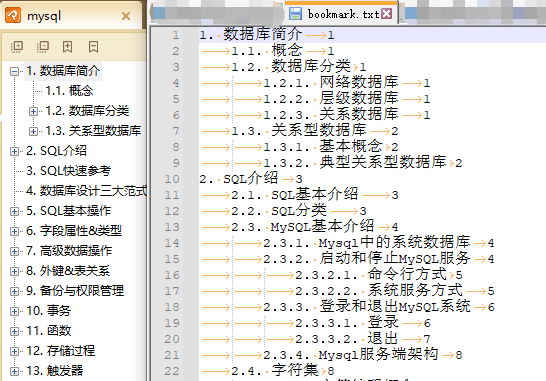
Pdf batch splitting, merging, bookmark extraction, bookmark writing gadget
Dockermysql modifies the root account password and grants permissions

设计一个抢红包系统
Detailed explanation of regular expression (regexp) in MySQL
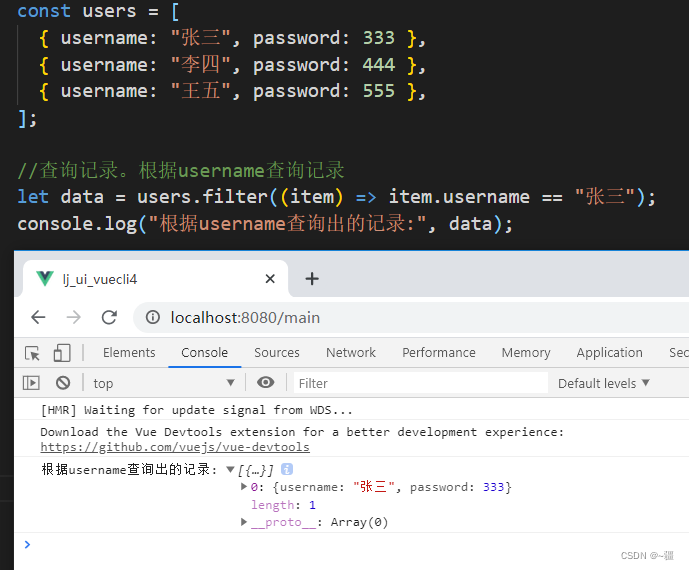
JS addition, deletion, modification and query of JSON array
随机推荐
Why are some people still poor and living at the bottom of society even though they have been working hard?
传统企业要为 Web3 和去中心化做的 11 个准备
Master binary tree in one article
The important data in the computer was accidentally deleted by mistake, which can be quickly retrieved by this method
Detailed explanation of regular expression (regexp) in MySQL
Entropy information entropy cross entropy
Laravel8 uses passport authentication to log in and generate a token
Can online reload system software be used safely? Test use experience to share with you
每年 2000 亿投资进入芯片领域,「中国芯」创投正蓬勃
基础图表解读“东方甄选”爆火出圈数据
借助这个宝藏神器,我成为全栈了
Spark Tuning (II): UDF reduces joins and judgments
One minute to learn how to install the system, win7 XP, win10 and win11 become very simple
Coscon'22 community convening order is coming! Open the world, invite all communities to embrace open source and open a new world~
不要再说微服务可以解决一切问题了
Graphite document: four countermeasures to solve the problem of enterprise document information security
Modules that can be used by both the electron main process and the rendering process
前置机是什么意思?主要作用是什么?与堡垒机有什么区别?
公链与私链在数据隐私和吞吐量上的竞争
leetcode:236. 二叉树的最近公共祖先
